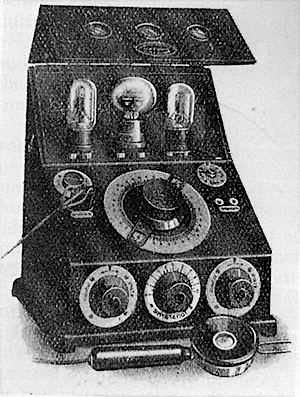 All the research has shown that if babies wear technology 10 or more hours/day they will have good access to language and brain development. But all of us who work with families who have a difficult time keeping technology on children. Why is it that some families have a difficult time getting children to accept technology?
All the research has shown that if babies wear technology 10 or more hours/day they will have good access to language and brain development. But all of us who work with families who have a difficult time keeping technology on children. Why is it that some families have a difficult time getting children to accept technology?
What can we do to help families help children tolerate technology?
We need to help families understand why we feel so strongly that technology is critical and needs to be worn every waking hour. First, we need to provide support. We need to remember that the family did not expect to have child with special needs and many families will need time to accept the situation.
Sometimes, grief will interfere with moving ahead, and we may need to give them a little space. If we do not help a family deal with their grief, they may not be able to move on.
Providing support
Many families report that, at first, they are overwhelmed with information – more than they can handle. And sometimes, if they are overwhelmed, they cannot follow through.
While we know families need to understand a lot, we also need to understand what the families are capable of taking in. We need to find a way to confirm that they understand the information we are sharing. We always want to share everything we think parents need to know. We just need to remember to share it in small bits.
What do families need to know?
We need to help families understand that first of all a baby’s ability to hear will help the build the baby’s brain. We need to help family understand that in order to build the brain we need to provide auditory access. Sound has to get in and it can only get in with technology.
We need parents to understand that in addition to wearing technology, they need to provide a lot of language stimulation. The reason for technology is to have access to speech and language. That only comes from talking to baby.
As parents learn to talk to baby, they need to understand that they should be expanding on language. Not just “here is your bottle” but a discussion about what is in the bottle, is it warm or cold etc. Discuss the diaper when you are changing it. Discuss toys, people, what we see outside. We all know that babies will not understand that in the beginning but that is how things get started. Interaction with the baby, including eye gaze and turn taking in communication are important. Clinicians can demonstrate the necessary skills at both in person sessions and virtual ones.
By working together – audiologist, TOD, SLP, LSLS and parent, it can be successful. We can accomplish our goals.







